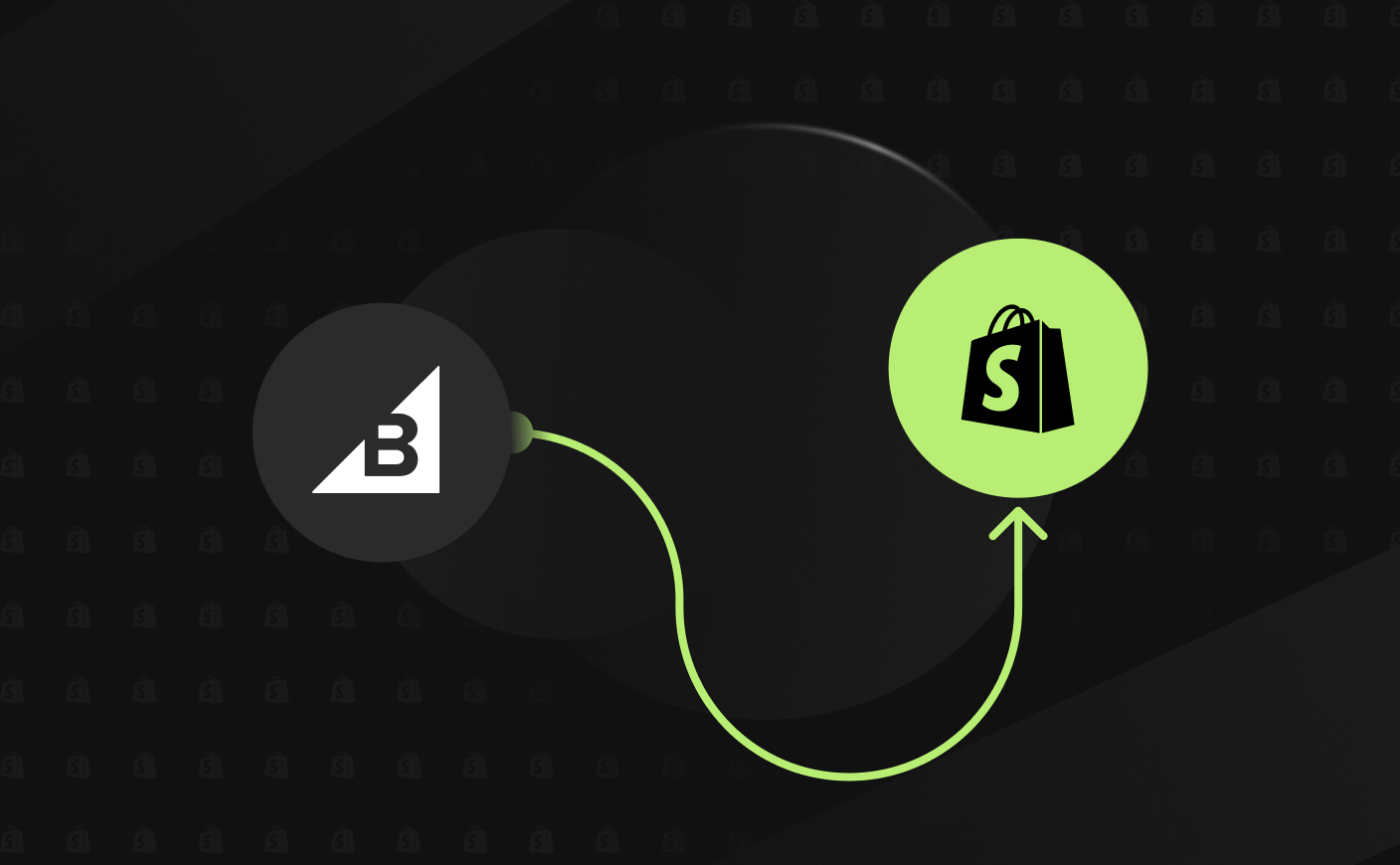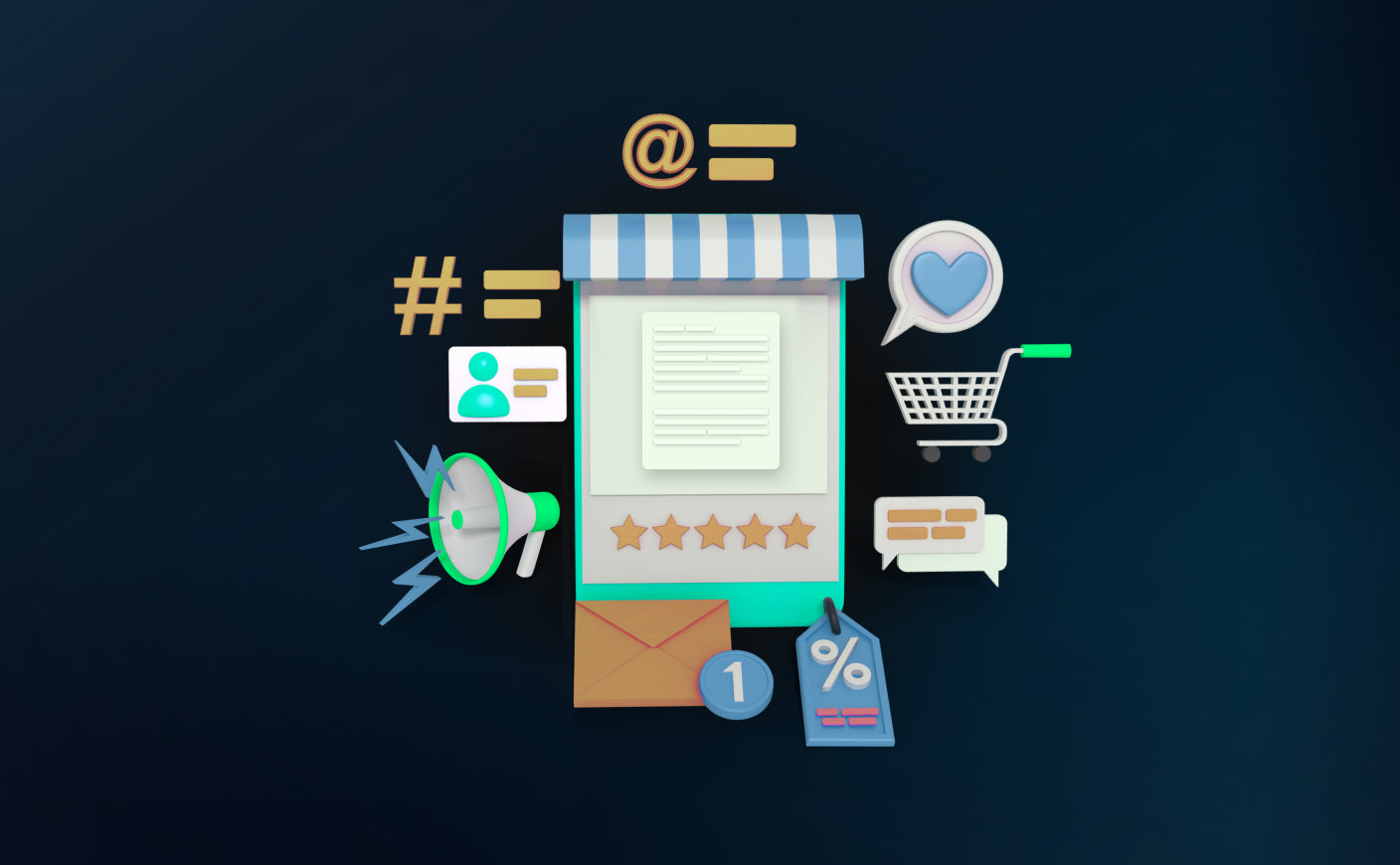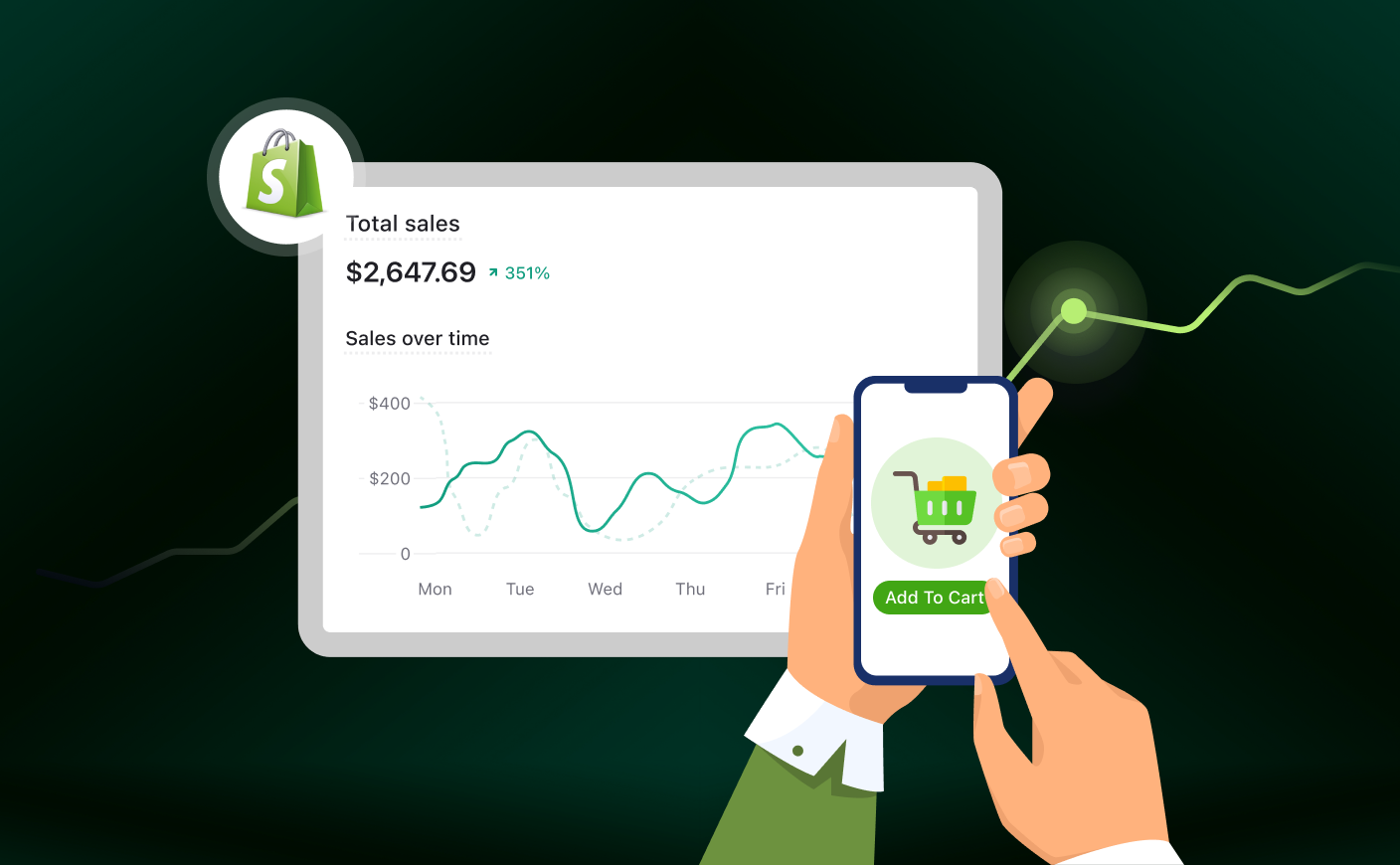The Cyber Threats No One Is Talking About for 2025
cyber Security
Cyber Threats
shopify development

One morning, your team finds something really odd: customer tickets start piling up about strange charges and missing orders. You dig in, only to find that your customer data has been stolen. And not through some obvious hacks, but by an undetected breach that quietly slipped through the cracks. No warning. No alert. Just damage control.
This is the kind of threat that no one sees coming. And in 2025 it is becoming more common than you’d think.
This blog isn’t about rehashing the same old cybersecurity advice. It’s about pulling back the curtain on the lesser-known threats quietly targeting Shopify and Shopify Plus stores right now.
The ones that don’t make headlines but can absolutely wipe out your customer trust, revenue, and reputation if ignored.
The Evolving Cyber Threats for Shopify Stores in 2025
Running a Shopify store in 2025 is so much more than selling an amazing product. It has also become more about protecting the data which is no more than a goldmine for a Shopify merchant.
From customer details and payment info to operational uptime, your store holds everything cybercriminals are after. And the stakes? Higher than ever.
In 2024, there was a 30% increase in cyber attacks globally (source: checkpoint). But what makes 2025 different isn’t just the numbers, t’s the tactics.
Hackers are moving away from brute-force attacks and focusing on subtler entry points:
- Insecure third-party apps
- Exposed APIs
- Small misconfigurations
- Forgotten bits of old code
And here's where it gets tricky: these aren’t always flaws in the platform. They’re vulnerabilities at the store level. Ones that most merchants don’t even know exist.
Now, to be fair, Shopify itself is incredibly secure. It’s PCI compliant, has built-in SSL, and uses AI to detect suspicious activity. The platform is built to withstand a lot.
But the platform isn’t the whole story.
Most breaches don’t happen because of Shopify. They happen around it. Like giving an app too many permissions. Or letting a freelancer keep admin access after a one-time project. Or ignoring that “update theme” alert for a few weeks.
These are small cracks but in 2025, they’re exactly what hackers are watching for.
It’s not the obvious hacks you need to worry about but it’s the quiet ones no one warned you about - and this is what we are here to discuss today.
Also read: Custom integrations a Shopify plus development agency can build
The Cyber Threats You Should Look Out for in 2025
Here are the stealthy, often-overlooked cyber threats every Shopify store owner should keep on their radar in 2025
#Threat 1: Magecart and Client-Side Skimming Attacks

Let’s start with a threat that most store owners don’t even know exists until it’s too late: Magecart and client-side skimming attacks.
In this type, the hackers quietly slip in through your store via third-party apps, theme files, or even harmless-looking scripts. Once in, they inject malicious code into your checkout page.
The goal is to steal your customers’ payment details as they type them in. It happens in real time, without triggering any alarms on your dashboard.
So why don’t more store owners catch this?
Because it doesn’t look like a breach. There’s no downtime. No error messages. Everything seems to work fine until customers start reporting fraudulent charges. Most merchants are focused on server-side security, while these attacks happen right in the browser, on the client side.
There’s already a real-world example.
In a well-documented Magecart incident, attackers set up fake Shopify stores specifically to host malicious code. These bogus shops looked completely legit and they were used to quietly infect others through shared scripts and assets.
The worst part is these attacks often go undetected for weeks or even months.
#Threat 2: API Exploitation and Credential Stuffing

Shopify’s ecosystem is powerful, especially when it comes to integrations. APIs allow apps to connect easily with your store, automate tasks, and enhance the customer experience.
But here’s the flip side: they also create entry points. If those APIs aren’t properly secured or if you’re too generous with app permissions, you’re essentially giving hackers a roadmap into your store.
And then there’s credential stuffing. It’s not flashy, but it works.
Attackers use lists of leaked usernames and passwords from other platforms. They then run automated scripts to see if those same details unlock your Shopify admin or customer accounts.
With so many users still reusing passwords across sites, this tactic is alarmingly effective.
The damage can be serious:
- Hackers placing fake orders
- Accessing private customer info
- Taking over user accounts
- Or even altering your storefront content
Need proof? Earlier this year, a claim surfaced on the dark web advertising over 836,000 Shopify customer records for sale. This data is suspected to be collected through API abuse or leaked credentials.
Also read: How to leverage Shopify’s APIs for custom integrations
#Threat 3: Supply Chain Attacks via Third-Party Apps

Most merchants trust that if an app is on Shopify’s App Store, it’s completely safe. And while Shopify does vet apps, no system is bulletproof.
Vulnerabilities can go unnoticed. Once an attacker slips malware or a backdoor into a trusted app, every store that’s installed it becomes a potential target.
In 2025, hackers are shifting their focus toward these app ecosystems, especially smaller, niche apps used by mid-sized Shopify stores. These apps often don’t get regular security audits or updates, making them low-hanging fruit for cybercriminals.
What’s at stake?
- Full data breaches
- Ransomware infections
- Sudden, unexplained store outages
Treat app updates like software updates - review them, monitor permissions, and avoid apps that haven’t been maintained.
#Threat 4: AI-Powered Phishing and Social Engineering

Phishing is not new in 2025 but it has evolved into something more dangerous. Thanks to AI, these attacks are smarter, faster, and way more convincing than anything we’ve seen before.
We’re talking about AI-powered phishing and social engineering - emails, texts, or even live chats that feel completely legitimate. These messages might look like they’re from Shopify support, your payment processor, or even one of your own customers. They’re tailored using real data like your name, store name, past interactions, or order history.
This is what makes them so effective.
Here’s the kicker: traditional email filters and spam blockers can’t always keep up. These AI-generated scams don’t follow predictable patterns. They change constantly, making them harder to flag and even harder to ignore.
Why is this overlooked? Because many store owners still think phishing means generic “click this link” emails.
But in 2025, the line between real and fake is razor-thin. Some hackers even use AI to simulate customer service chats. Thus it lures store admins into handing over credentials or clicking malicious links, thinking they’re resolving a real issue.
The key takeaway is you need to be extra skeptical of every email, DM, or popup even if it looks legit.
Also read: Grok vs ChatGPT: Who’s the smarter AI in 2025?
#Threat 5: Compliance-Driven Attacks Exploiting Privacy Laws

This next threat is sneaky not because it hides in your code, but because it hides in your legal blind spots.
In compliance driven attacks, attackers are exploiting misconfigured GDPR or CCPA tools like cookie banners, consent forms, or data request systems. This is done to either trigger lawsuits or report you for violations.
Sounds extreme, right? Well it is happening. With new, stricter privacy laws rolling out across multiple U.S. states, regulators are watching closely. A single mistake, like not honoring a data deletion request properly or having a non-compliant cookie banner can cost you.
The risks?
- Heavy fines
- Costly legal disputes
- Major reputational damage with your customers
Thus, you need to make sure that you review your privacy tools, make sure your consent mechanisms actually work as promised, and stay on top of changing regulations.
Top 5 Proactive Cybersecurity Measures That You Should Take in 2025
Here are 5 cybersecurity measures that you should take in 2025 before it’s too late.
#1 Increase Client-Side Security
Your store is the face of your business and an easy entry point for attackers. Make sure that you:
- Use Content Security Policy (CSP) headers to control what scripts are allowed to run on your site.
- Regularly audit third-party scripts and theme code with tools like Reflectiz or implement Subresource Integrity (SRI).
- Keep a close eye on your checkout pages. That is where attackers love to inject malicious code.
#2 Secure APIs And Authentication
API’s are very helpful but if left unchecked, they’re also potential backdoors. You need to:
- Turn on two-factor authentication (2FA) for all admin users.
- Restrict third-party app APIs to read-only access wherever possible.
- Use strong, unique passwords and monitor for breaches via tools like Have I Been Pwned.
Also read: CrawlApps’ latest Shopify development trends in 2025
#3 Vet and Update Third-Party Apps
Not all Shopify apps are created equal. Even trusted apps can become vulnerabilities over time.
- Choose apps that have recent updates, good reviews, and active developer support.
- Uninstall any apps you’re no longer using.
-
Subscribe to vendor security updates so you’re alerted when patches drop.
#4 Deploy AI-Resistant Phishing Defenses
AI is changing the phishing game and not in your favor.
- Train your team to spot red flags in hyper-personalized phishing emails or fake customer service messages.
- Upgrade your email security using machine learning–based filters like Barracuda or Proofpoint.
- Add a simple store banner or FAQ reminder encouraging customers to verify support emails before taking action.
#5 Ensure Compliance with Privacy Laws
In 2025, compliance isn’t optional, it’s a cybersecurity must.
- Use Shopify’s built-in tools for GDPR/CCPA compliance, including consent banners and opt-out mechanisms.
- Run quarterly privacy audits using tools like Consentmo or similar.
- Stay ahead of changing laws especially new state-level privacy regulations by checking in with a legal expert at least once a year.
Final Thoughts
As a Shopify merchant, your store is more than just products and transactions. It’s your brand, your hard work, and most importantly - your customers’ trust. And in this climate, that trust can vanish with just one security slip-up.
The good news is you don’t need to be a cybersecurity expert to stay protected. Just staying curious, being a little more cautious, and taking a few proactive steps can go a long way.
Because when it comes to keeping your business safe in 2025, being prepared isn’t optional - it’s powerful.
CrawlApps
At CrawlApps, we don’t just build Shopify stores—we create experiences that sell. We’re a bunch of problem-solvers who love turning ideas into stores that actually converts. Whether it’s fixing what’s broken or building something from scratch, we make sure every detail works in your favor. No fluff, no jargon—just real solutions that help your business grow. If you’re serious about Shopify, you’ll feel right at home with us.















